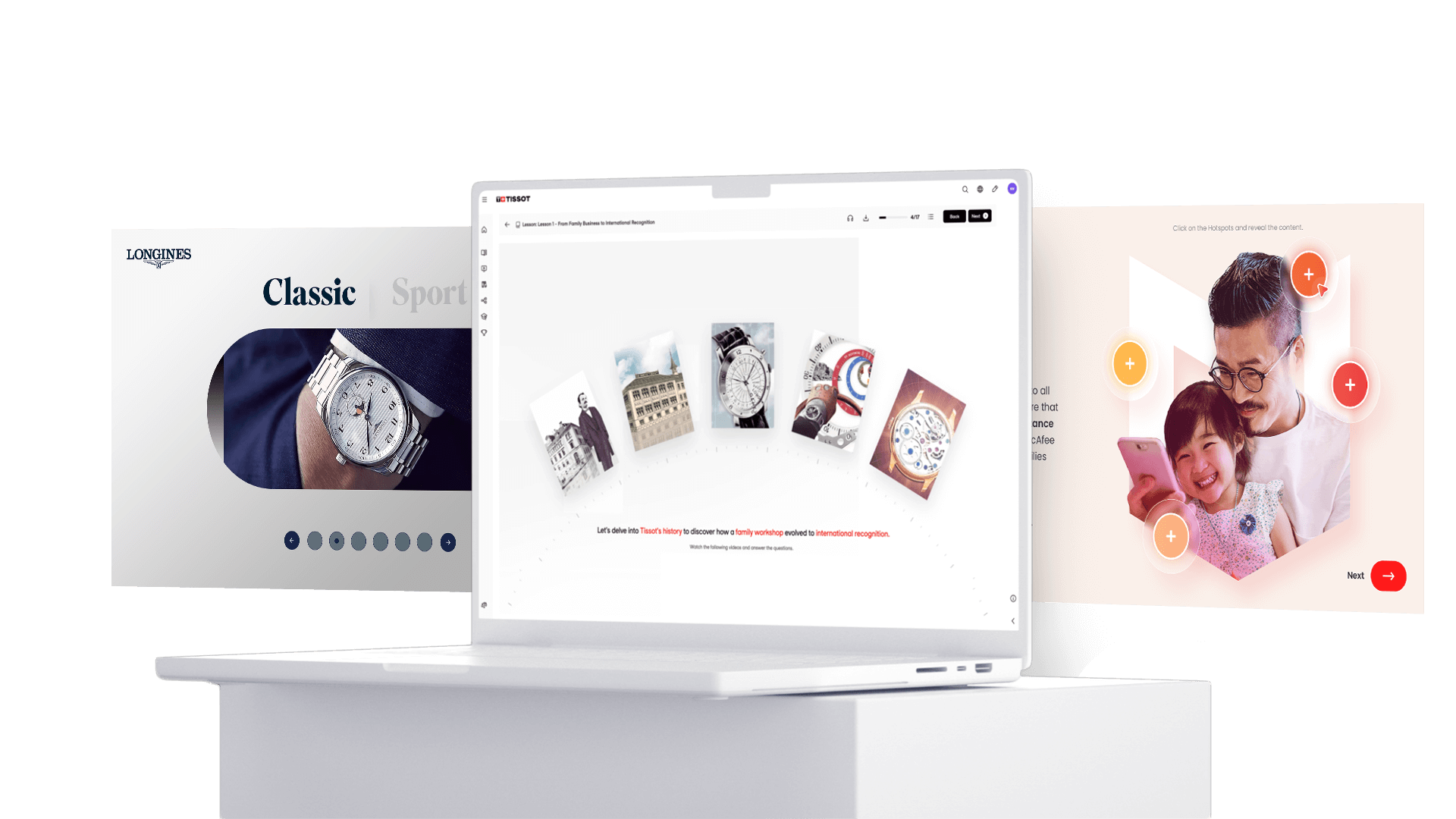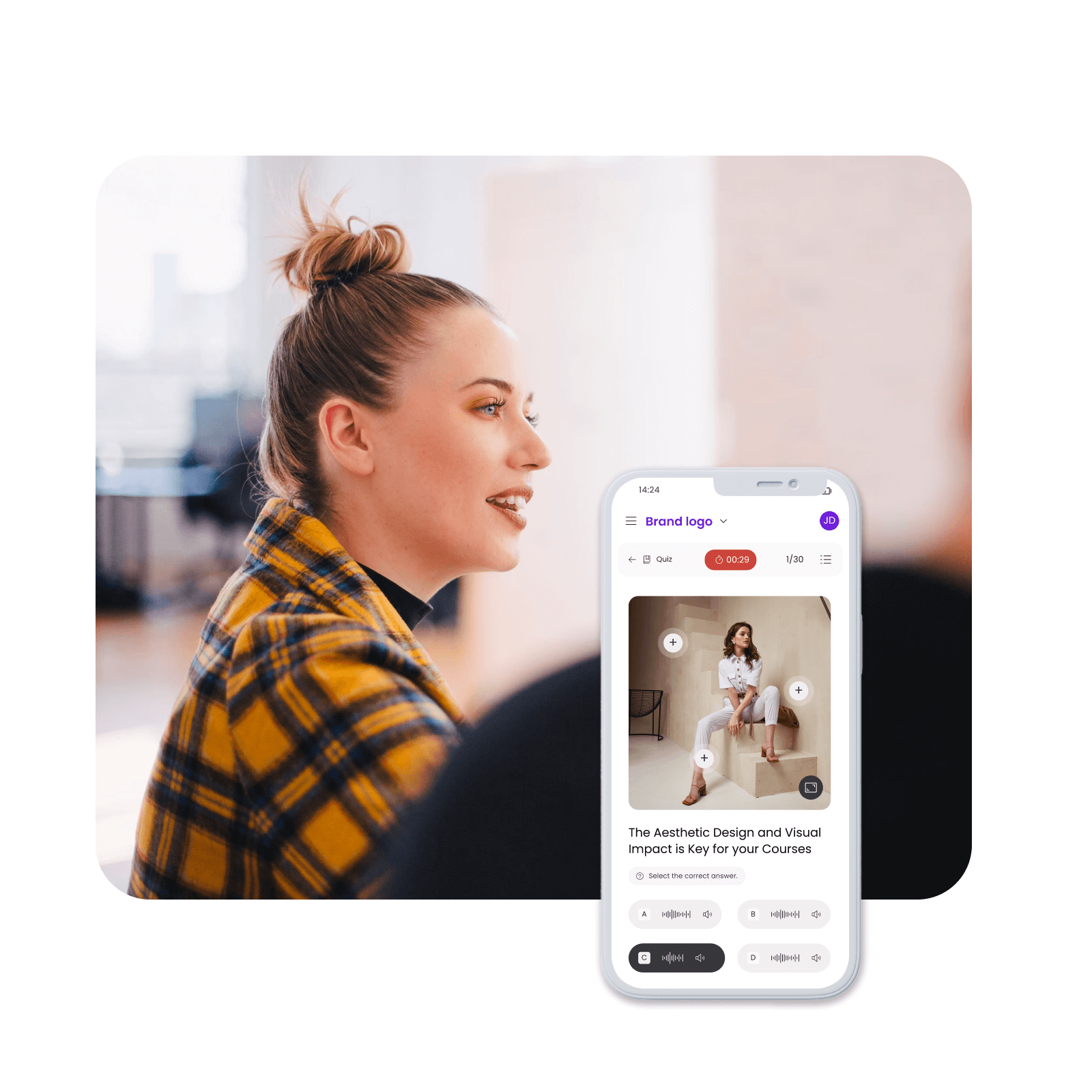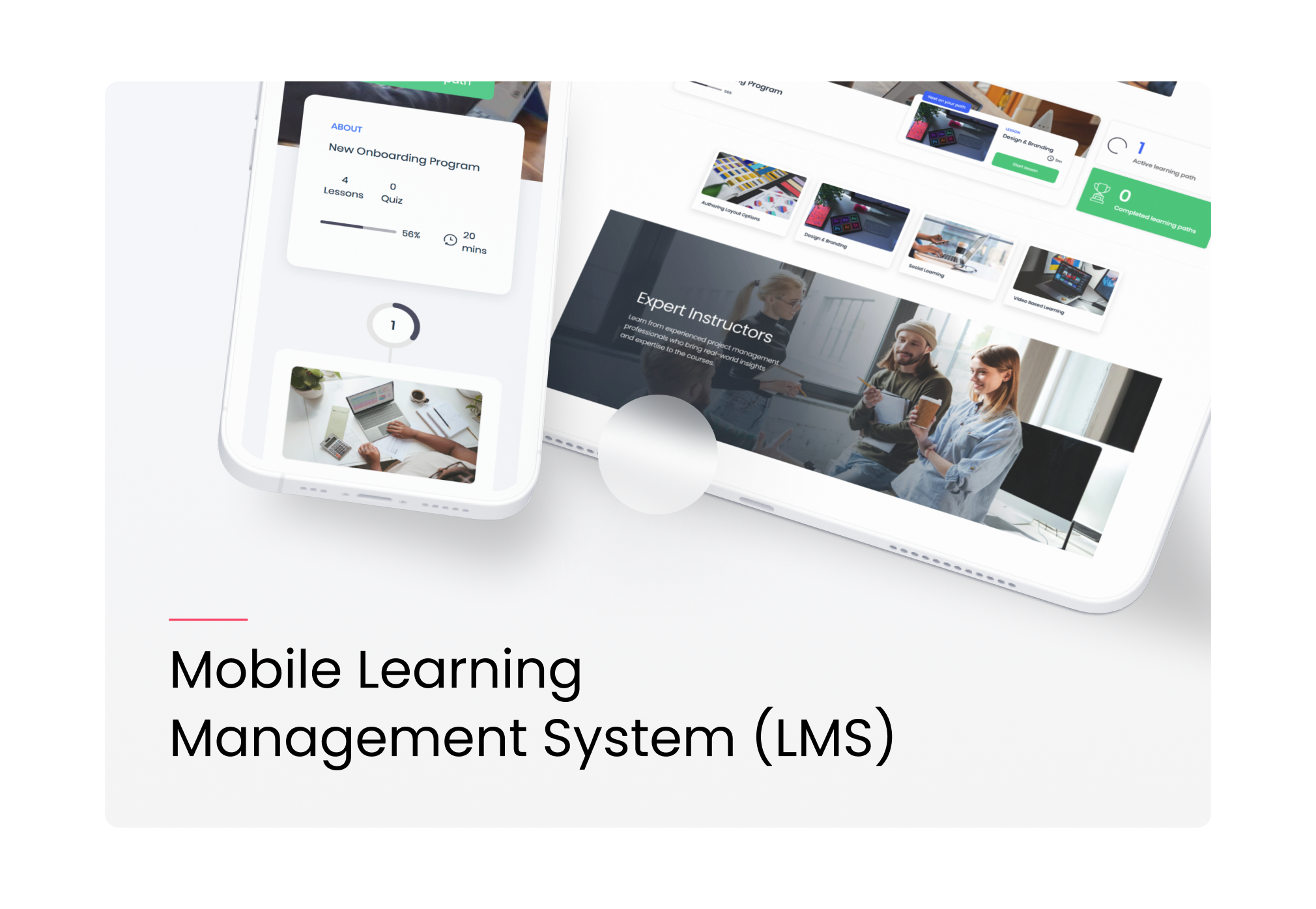Why your online retail training doesn’t not work
Unlocking Success: Why Your Online Retail Training is Failing and How to Fix It
Online retail training programs are designed to equip employees with the skills necessary to excel in a competitive environment.
However, despite the good intentions and resources poured into these initiatives, many such training programs fail to deliver the desired outcomes.
This can be attributed to several critical factors, including the lack of personalisation to address individual learning styles, inadequate real-world application, and insufficient engagement due to monotonous content delivery.
The absence of ongoing support and assessment to reinforce learning often leaves employees ill-prepared to implement new strategies effectively. As a result, businesses may not see the improvements in productivity and sales performance they expect from their investment in online retail training.
No clear learning objective by module
Without clear learning objectives for each module, online retail training programs are bound to fail.
When objectives are vague or nonexistent, employees struggle to understand the purpose and goals of their training, leading to confusion and disengagement.
This lack of direction means that learners cannot gauge their progress or identify the specific skills they need to develop.
Consequently, the training becomes a series of disconnected activities rather than a coherent learning journey.
Without defined outcomes, both trainers and participants lack the necessary benchmarks to measure success, resulting in a program that fails to achieve its intended impact and leaves employees ill-prepared to meet the demands of the retail environment.
Lack of Personalisation for online retail training
The lack of personalisation in online retail training programs is a significant factor leading to their failure.
Many programs adopt a one-size-fits-all approach, delivering uniform content to all employees regardless of their individual learning styles, experience levels, and specific needs.
This generic approach overlooks the diversity in how employees absorb and process information, resulting in disengagement and ineffective learning.
For instance, a visual learner might struggle with text-heavy modules, while a seasoned employee might find beginner-level content redundant and demotivating.
Personalised training, on the other hand, tailors content to address these individual differences, making the learning experience more relevant and engaging. By incorporating varied instructional methods such as interactive simulations for hands-on learners or detailed case studies for analytical thinkers, personalised training can significantly enhance engagement, retention, and overall effectiveness, ultimately leading to better performance and productivity in the retail environment.
Insufficient Retail Real-World Application
Many retail training programs fail due to insufficient real-world application, creating a significant gap between theoretical knowledge and practical skills.
While these programs often provide comprehensive information on retail concepts and procedures, they frequently fall short in offering practical, hands-on experiences that employees can directly apply in their daily tasks.
This disconnect means that employees might understand the theory behind customer service or sales techniques but struggle to implement these skills effectively when faced with real-world challenges.
For example, a training module might explain the principles of effective merchandising without providing simulations or role-playing scenarios that mimic actual store environments.
Programs that incorporate practical applications, such as interactive simulations, on-the-job training, and real-world case studies, have demonstrated significantly better outcomes.
A retail chain that implemented role-playing exercises to practice customer interactions saw a notable improvement in customer satisfaction and sales performance.
By bridging the gap between theory and practice, such practical applications ensure that employees are better equipped to handle real-world situations, leading to more effective and impactful training outcomes.
Lack of creativity and Bad desing practises
Retail training programs require a high level of creativity in their storyboard design and multimedia support to create more engaging content.
Innovative storytelling techniques, interactive elements, and dynamic multimedia, such as video animations and simulations, can capture learners' attention and enhance their understanding of complex concepts. Additionally, applying best design practices is pivotal to maintaining high readability and clear access to information.
This involves carefully considering the layout, using intuitive navigation, and ensuring a balanced use of visuals and text to prevent cognitive overload. For instance, well-designed video animations can illustrate scenarios and procedures more vividly than static text, while an organised layout ensures that information is accessible and easy to follow.
By integrating creativity and design excellence, retail training programs can deliver content that is not only informative but also engaging and memorable, leading to more effective learning outcomes.
Your Learning platform is not an administrative tool
Your learning platform should not be viewed merely as an administrative tool but as a fully branded and customised extension of your organisation.
It needs to be a perfect mirror of your values, as online retail training is also a brand exercise. By delivering a premium design, you demonstrate how much you care about your community and their development.
This attention to detail in branding and customisation shows your commitment to excellence and reinforces the importance of the training content.
A well-branded learning platform not only enhances user experience but also strengthens brand loyalty and identity, making employees feel more connected to and valued by the company. Investing in a high-quality, customised learning environment reflects your dedication to nurturing a skilled and engaged workforce, ultimately driving better business outcomes.
Text versus Multimedia
Too many training materials are text-heavy, making them difficult to read online and even more challenging on a smartphone.
This approach can lead to disengagement and poor retention of information. To enhance the effectiveness of online retail training, it is crucial to incorporate audio, video, and illustrations.
These multimedia elements can convey information more dynamically and accessibly, catering to various learning styles and making content more engaging.
Videos and animations can demonstrate processes and concepts visually, while audio can provide valuable context and explanations.
By leveraging these tools, training programs can ensure that employees receive and retain the information they need in a more efficient and user-friendly manner.
Adopt Nano and Micro Learning
Adopting nano and micro learning is essential for the success of online retail training, yet many organisations still overlook this approach.
Traditional courses often suffer from being too lengthy and dense, leading to cognitive overload and diminishing the effectiveness of the training. In contrast, nano and micro learning break down complex topics into manageable, bite-sized segments that are easier for employees to digest and retain.
This method not only enhances clarity and efficiency but also provides practical and useful job aids that can be quickly accessed and applied in real-world scenarios.
Far from being a passing trend, nano and micro learning represent a necessary evolution in training design, ensuring that employees receive the most relevant and actionable information without being overwhelmed. By embracing this approach, companies can significantly improve the engagement and performance of their workforce.
Mobile Learning First for online retail training
Designing retail training programs requires compatibility and perfect adaptation to the mediums through which learners will access the information.
For instance, training videos can be a significant asset for a workforce that primarily uses smartphones to engage with learning materials. Videos are inherently versatile and can convey complex information through visuals and audio, making them ideal for mobile consumption.
Ensuring that these videos are optimised for small screens, with clear audio, incorporating subtitles and interactive elements tailored for touch interfaces can further improve accessibility and engagement.
By aligning the design with the specific characteristics and limitations of the medium, training programs can ensure that learners receive the best possible experience, leading to more efficient and impactful learning outcomes.
Lack of Ongoing Support and Feedback
The lack of ongoing support and feedback is a critical factor that can lead to the failure of online retail training programs.
Continuous support and feedback are essential in the learning process as they help reinforce new skills, address gaps in knowledge, and keep learners motivated. However, many training programs fall short by not providing adequate follow-up and reinforcement.
This often results in employees feeling isolated and unsure about their progress, leading to poor skill retention and application. To combat this, it is vital to integrate robust support systems such as mentorship programs, peer support groups, and accessible help desks.
Regular assessments and feedback mechanisms, like quizzes, performance reviews, and interactive sessions, can help monitor progress and reinforce learning.
By ensuring ongoing support and continuous feedback, training programs can significantly enhance the effectiveness and long-term impact of the learning experience.
Organizational Social Learning Culture for retail training
Investing time in coaching and nurturing an online community is crucial for the success of online retail training projects.
Social learning and peer-to-peer interactions play a significant role in fostering a sense of ownership and cultivating a culture of continuous learning within an organization.
By encouraging employees to share experiences, ask questions, and support one another, businesses can create a more engaging and collaborative learning environment.
This community-driven approach not only enhances the training experience but also promotes knowledge retention and practical application of skills. Additionally, providing structured opportunities for mentorship and peer coaching can help reinforce learning objectives and ensure that employees feel supported throughout their development journey.
By integrating social learning and peer-to-peer engagement into online training, organisations can build a resilient, knowledgeable workforce that is better equipped to meet the demands of the retail industry.
Measurement and Evaluation Deficiencies
Measurement and evaluation deficiencies significantly undermine the effectiveness of online retail training programs.
Often, these programs rely on superficial metrics such as completion rates or participant satisfaction surveys, which do not adequately capture the true impact of the training on employee performance and business outcomes.
It is crucial to set clear objectives and key performance indicators (KPIs) that align with the desired skills and competencies.
Establishing these metrics allows for more precise tracking of progress and effectiveness. Best practices for evaluating training impact include implementing pre- and post-training assessments to measure knowledge retention, conducting performance evaluations to observe behavioral changes, and analysing business metrics like sales figures or customer satisfaction rates.
By employing these comprehensive evaluation methods, organizations can gain a deeper understanding of how training initiatives contribute to their overall success and identify areas for continuous improvement.
Conclusion
In conclusion, the failure of many online retail training programs can be attributed to several key factors, including a lack of clear learning objectives, insufficient personalization, inadequate real-world application, lack of ongoing support and feedback, poor measurement and evaluation methods, and the tendency to deliver overly long courses that cause cognitive overload.
These deficiencies highlight the need for a holistic approach to designing and implementing training programs. Retailers must prioritize personalised, practical, and engaging content that aligns with clear objectives and KPIs.
Integrating social learning, adopting nano and micro learning strategies, and ensuring continuous support and feedback are crucial steps toward more effective training. It is time for retailers to rethink their training strategies, moving away from traditional, one-size-fits-all approaches, and towards more dynamic and responsive models that truly enhance employee performance and drive business success.
By doing so, they can build a knowledgeable, skilled, and motivated workforce ready to meet the demands of the modern retail environment.











